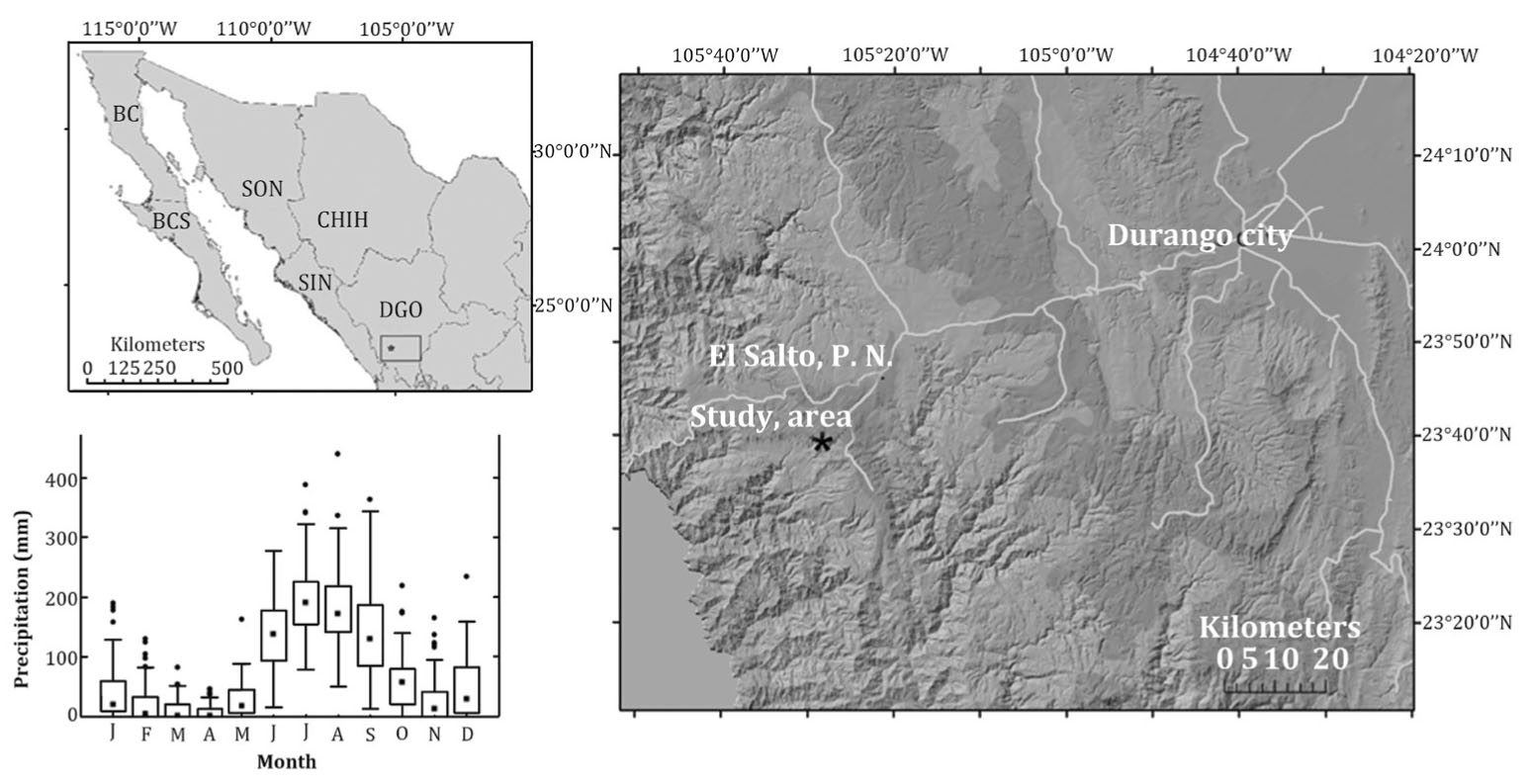Are there any differences in carbon concentration among species of high conservation value forests in Northern Mexico?
Keywords:
carbon-storage, carbon flux, tree compartments, cardinal directionAbstract
Despite the publication of numerous studies about carbon (C) concentration in various tree components, few have investigated the C variation in spatially restricted tree species. We evaluated differences in C concentrations among four conifer species of High Value Conservation Forests (HVCF) in northern Mexico. Total carbon concentration (TOC) analyses were performed for Cupressus lusitanica Mill, Picea chihuahuana Mtz., Abies durangensis Mtz., and Pseudotsuga menziesii Mirb. Carbon concentration varies within the structural tree component, but no significant difference was found when the aerial samples were classified based on the point of cardinal extraction from where they were taken. The species, P. menziesii, A. durangensis, and P. chihuahuana showed the lowest C concentration in the stems, while C. lusitanica had the highest.

Downloads
Published
Issue
Section
License
Aquellos autores/as que tengan publicaciones con esta revista, aceptan las Políticas Editoriales.


